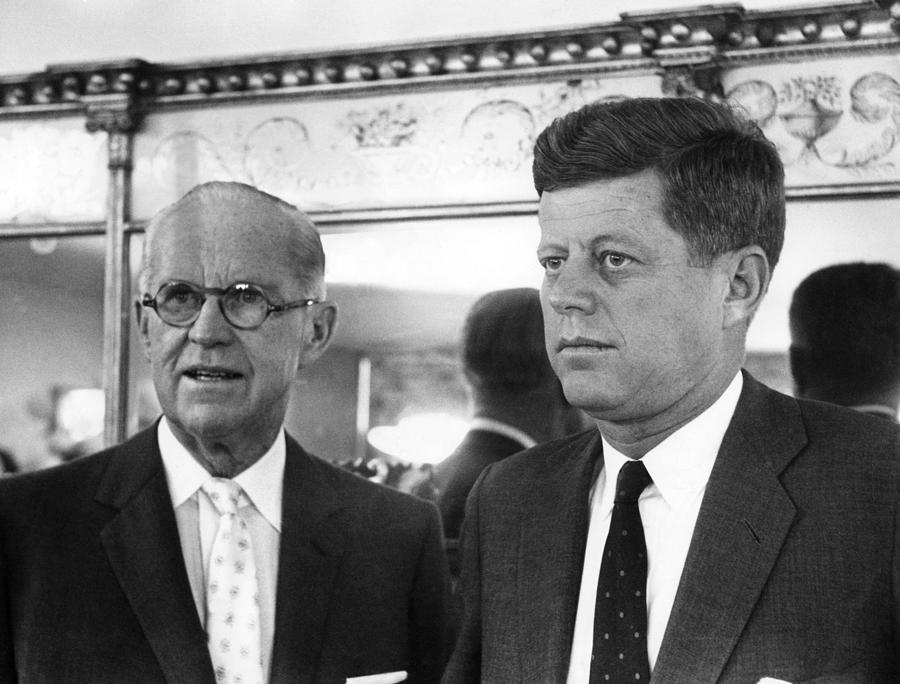
Kennedy’s margin of victory in the popular vote worked out to an average of one half of one vote per precinct nationwide, which is as close to a tie as we are likely ever to see.
Even more striking was the high turnout.
The most meaningful measure is the fraction of the adult population that cast ballots, and in 1960 that figure was the highest ever recorded.
The national average was approximately 63.5 percent, but that figure is misleading in one important respect.
On Election Day in 1960, the Jim Crow system still existed in the South and the Border States.
That system’s barriers to voting (poll taxes, literacy tests, intimidation and all the rest) seriously depressed voting in at least fifteen states.
In the other thirty-five, however, turnout was typically well above the national average.
For example, in Franklin County, Ohio (where this commentary was written and published), the home of the state’s capital city (Columbus), voter registration as a percentage of all adults reached an all-time high in 1960, as did turnout: an astonishing 83 percent of all registered voters.
The closeness of the election combined with the record turnout to put the maximum possible strain on the nation’s electoral apparatus, and ultimately led to problems in election administration.
Those problems have also fueled continuing scholarly interest in the 1960 presidential election because of the difficulty in determining whether Kennedy really won - through honest means or corrupt ones.
Scholarly analysis of the question of how Kennedy won has focused, quite rightly, on administration of the electoral process in two crucial states: Illinois and Texas.
Kennedy ultimately was credited with the electoral votes of both, which gave him victory in the Electoral College tally.
http://hnn.us/article/133484#sthash.rwaWGH7d.dpuf
